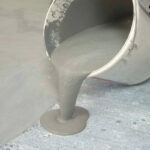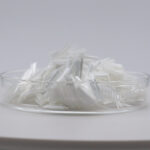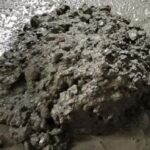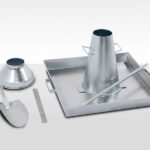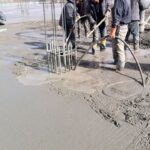Polycarboxylate superplasticizers are high-performance concrete additives widely used in concrete to enhance its performance. They offer numerous advantages over traditional naphthalene-based water reducers, such as being safer, more efficient, and more adaptable. However, practical applications often encounter various issues not seen with other types of water reducers, such as excessively dry or un-dischargeable concrete mixes, as well as severe stratification.
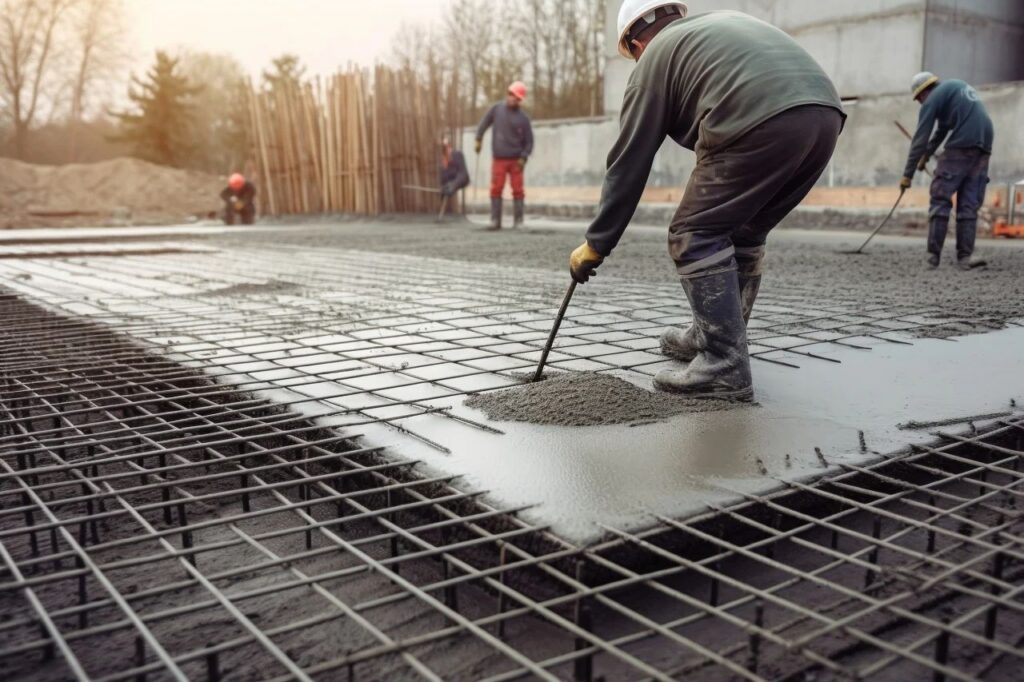
Definition of Polycarboxylates
Polycarboxylate superplasticizers refer to a series of polymers with specific molecular structures and properties synthesized by free radical polymerization of different monomers.
Advantages of Polycarboxylates
- Low Dosage: Generally, their solid content equivalent is about one-fourth of naphthalene-based additives.
- High Water Reduction: Typically reduces water content in concrete by 25% to 35%, with potential for up to 40% to 45% reduction.
- Excellent Retention of Workability: Slump loss is minimal within 2 to 3 hours.
- High Compressive Strength: Significant increase in compressive strength at all stages of concrete curing, especially early strength.
- Environmentally Friendly: Produced without formaldehyde or other harmful materials, posing no health risks to humans and causing no environmental pollution.
- High Durability: Low water-cement ratio due to high water reduction improves concrete's resistance to permeability, corrosion, and chloride ion diffusion.
- Cost Savings: Improved workability and lower water-cement ratio reduce costs significantly compared to naphthalene-based additives.
- Other Advantages: Excellent performance, relatively low carbonation, and better appearance of the formed surface.
Precautions for Using Polycarboxylate Superplasticizers
- Sensitive to Water: Higher dispersibility and sensitivity to water compared to naphthalene and lignin series. Proper adjustment of dosage and usage to avoid segregation and bleeding, especially in rainy weather or when aggregates vary in moisture content.
- Sensitive to Temperature: Temperature differentials throughout the day and seasons affect performance. Specifications require that temperatures of materials such as water, aggregates, and cement do not exceed 60°C.
- Sensitive to Aggregate Impurities: High sensitivity to aggregate impurities, which can lead to increased dosage requirements. Avoid using aggregates with high clay content.
- Compatibility: Ensure compatibility with cement, admixtures, and defoamers.
- Handling Concrete: Avoid extended discharge times after arrival at the construction site, as polycarboxylate mixes lose plasticity faster than naphthalene-based mixes.
- Cleaning and Storage: Clean transport vehicles thoroughly before each use. Do not mix polycarboxylate superplasticizers with other types of additives to prevent rapid setting and other anomalies.
- Storage Conditions: Store in containers made of plastic, stainless steel, or enamel. If using iron containers, ensure they are cleaned and coated to prevent corrosion.
- Avoid Mixing with Other Additives: Mixing with other types of additives may cause premature setting and other undesirable effects.
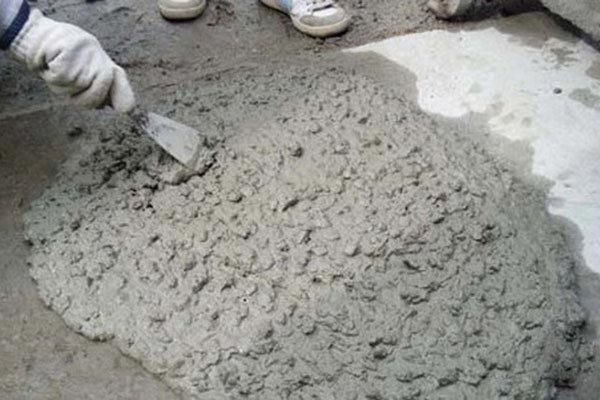
In my experience applying polycarboxylate superplasticizers, an increasing number of projects such as high-speed railways, subways, elevated structures, airports, and nuclear power plants explicitly require the use of polycarboxylate-based additives in their tender documents. This trend will inevitably propel polycarboxylates as the future development trend of efficient concrete water reducers. Selecting and using suitable polycarboxylate superplasticizers for raw materials are crucial steps in controlling concrete quality, performance, and costs.
This information summarizes the advantages and considerations for using polycarboxylate superplasticizer additives in high-performance concrete applications.


